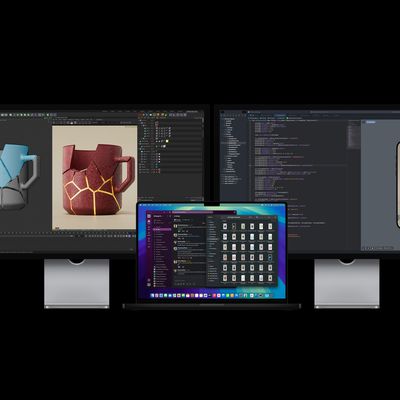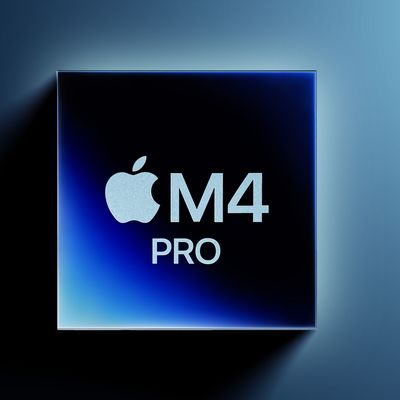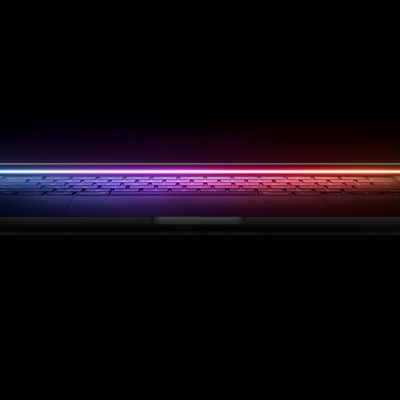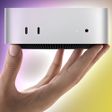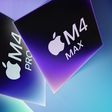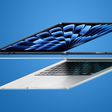OS X Lion Raises Bar on Security, But Battery Firmware Vulnerability Surfaces
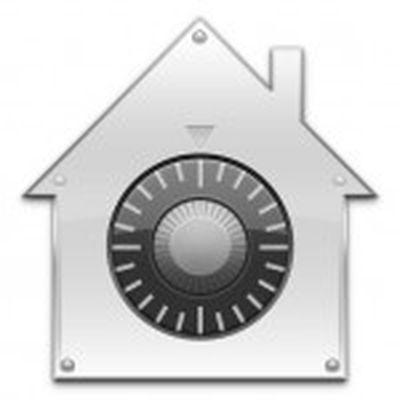 The Register reports on some of the new security improvements in OS X Lion, with researchers calling the changes a "major overhaul" that goes far beyond the minor security tweaks Apple made going from Mac OS X Leopard to Snow Leopard.
The Register reports on some of the new security improvements in OS X Lion, with researchers calling the changes a "major overhaul" that goes far beyond the minor security tweaks Apple made going from Mac OS X Leopard to Snow Leopard.
"It's a significant improvement, and the best way that I've described the level of security in Lion is that it's Windows 7, plus, plus," said Dino Dai Zovi, principal of security consultancy Trail of Bits and the coauthor of The Mac Hacker's Handbook. "I generally tell Mac users that if they care about security, they should upgrade to Lion sooner rather than later, and the same goes for Windows users, too."
In particular, the report points to such features as full support for address space layout randomization (ASLR), application sandboxing, and a revamped FileVault encryption system as being key to Lion's improved security.
"When they went from Leopard to Snow Leopard, as far as I'm concerned, there really wasn't any change," said Charlie Miller, principal research consultant at security firm Accuvant and the other coauthor of The Mac Hacker's Handbook. "They might have said there was more security and it was better, but at a low functionality level there really wasn't any difference. Now, they've made significant changes and it's going to be harder to exploit."
Miller isn't only interested in operating system and core application vulnerabilities, however, as evidenced by his recent discovery of a vulnerability in the chips that control the batteries in Apple's notebooks. That vulnerability could be exploited on a basic level to harm battery function or with additional effort to implant malware that could reinfect computers multiple times.
The batteries' chips are shipped with default passwords, such that anyone who discovers that password and learns to control the chips' firmware can potentially hijack them to do anything the hacker wants. That includes permanently ruining batteries at will, and may enable nastier tricks like implanting them with hidden malware that infects the computer no matter how many times software is reinstalled or even potentially causing the batteries to heat up, catch fire or explode. "These batteries just aren't designed with the idea that people will mess with them," Miller says. "What I'm showing is that it's possible to use them to do something really bad."
Miller plans to officially announce his discoveries at next month's Black Hat conference, and he will also be releasing a new "Caulkgun" tool to allow Mac notebook users to change their batteries' default passwords to randomized strings. That move would help keep hackers out of the batteries, but also prevent Apple from issuing its own upgrades and fixes for the battery firmware. Miller has also been in touch with Apple and Texas Instruments regarding the vulnerability.
Popular Stories
Apple is set to release iOS 18.2 in December, bringing the second round of Apple Intelligence features to iPhone 15 Pro and iPhone 16 models. This update brings several major advancements to Apple's AI integration, including completely new image generation tools and a range of Visual Intelligence-based enhancements. There are a handful of new non-AI related feature controls incoming as well.
...
Apple today announced new 14-inch and 16-inch MacBook Pro models featuring M4 Pro and M4 Max chips, alongside a new entry-level 14-inch MacBook Pro powered by the M4 chip.
Subscribe to the MacRumors YouTube channel for more videos.
The new M4 Pro and M4 Max machines come with a minimum of 24GB of Unified Memory as standard, up from 18GB in the previous models. Both models feature three...
The first Geekbench 6 benchmark results for the M4 Pro chip surfaced today. Impressively, the results that are available so far show that the highest-end M4 Pro chip is faster than the highest-end M2 Ultra chip in terms of peak multi-core CPU performance.
Here is a comparison of the results:
Mac mini with M4 Pro (14-core CPU): 22,094 multi-core score (average of 11 results)
Mac Studio...
Apple today in its new MacBook Pro press release announced that the MacBook Air lineup now starts with 16GB of RAM, up from 8GB previously.
This change applies to the 13-inch model with the M2 chip, the 13-inch model with the M3 chip, and the 15-inch model with the M3 chip.
In the U.S., the MacBook Air lineup continues to start at $999, so there is no price increase associated with the...
Apple today announced fully redesigned Mac mini models featuring the M4 and M4 Pro chips, a considerably smaller casing, two front-facing USB-C ports, Thunderbolt 5 connectivity, and more.
Subscribe to the MacRumors YouTube channel for more videos.
The product refresh marks the first time the Mac mini has been redesigned in over a decade. The enclosure now measures just five by five inches...
The iPhone SE 4 that's set to come out early next year is expected to debut Apple's first in-house 5G modem, according to Jeff Pu, an analyst who covers companies within Apple's supply chain.
In a research note this week with Hong Kong-based investment firm Haitong International Securities, Pu said Apple is expected to roll out its custom-made 5G modem starting with the next-generation...
While the new MacBook Pro lineup features faster M4 chip options, Thunderbolt 5 support for higher-end configurations, a nano-texture display option, and more, most of the previous MacBook Pro models with Apple silicon chips still offer the latest overall design, and fast performance, which might lead you to avoid upgrading this year.
If you are planning to skip the new MacBook Pro, here are ...
![]() The Register reports on some of the new security improvements in OS X Lion, with researchers calling the changes a "major overhaul" that goes far beyond the minor security tweaks Apple made going from Mac OS X Leopard to Snow Leopard.
The Register reports on some of the new security improvements in OS X Lion, with researchers calling the changes a "major overhaul" that goes far beyond the minor security tweaks Apple made going from Mac OS X Leopard to Snow Leopard.


